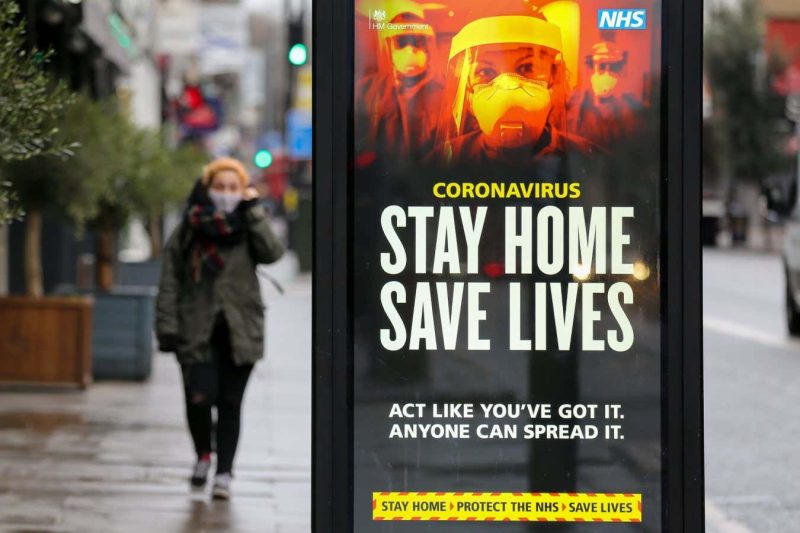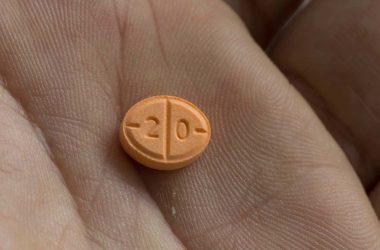Introduction
The COVID-19 pandemic has prompted the implementation of various non-vaccine measures, including lockdowns, face masks, and test, trace, and isolate strategies. These measures have proven to be effective in curbing the spread of the SARS-CoV-2 virus, according to multiple studies conducted worldwide.
Evidence of Effectiveness
A major report based on comprehensive reviews affirms the efficacy of these non-pharmaceutical interventions (NPIs) in saving lives by preventing infections while vaccines and drug treatments were being developed. These measures were found to be “unequivocally effective,” especially when used in combination and during periods of low infection rates.
Quick and Decisive Action
The importance of swift and decisive action in implementing these measures was emphasized by experts. Waiting for perfect evidence is not an option when dealing with a rapidly spreading disease. Difficult decisions must be made promptly to protect public health.
Balancing the Benefits
While acknowledging the social and economic consequences of lockdowns and other NPIs, the report does not cover these aspects. Policymakers face the challenge of weighing the positive impact of these interventions on reducing transmission and infection against their adverse effects.
Studying the Measures
The report is based on six reviews that focus on different aspects of NPIs, such as lockdowns and social distancing, face masks, test, trace, and isolate strategies, border controls, environmental controls, and communication. Thousands of studies from around the world were analyzed, with observational studies providing the main body of evidence.
Randomized Controlled Trials
Due to the nature of a pandemic, it is difficult, if not impossible, to conduct randomized controlled trials for certain measures. For example, it is not feasible to randomly assign individuals to be on lockdown or not. Instead, combining multiple observational studies can provide a clear overall result.
Effective Measures
The reviews concluded that social distancing and lockdowns were the most effective measures, with stricter rules yielding greater effects. Border controls were also effective when coupled with strategies to identify and quarantine cases. However, these measures are only significant for countries with lower infection rates compared to others. Screening based on symptoms showed no effect in preventing transmission.
Lessons Learned and Future Preparedness
These findings hold valuable lessons for future pandemic responses. Implementing plans for increased testing and contact tracing while improving indoor air quality should be prioritized. The analysis and evidence provided by these reviews can help countries better respond to future outbreaks.








